As summer temperatures soar, many well-intentioned pet owners reach for clippers in an attempt to keep their furry companions cool. The sight of a panting dog or cat instinctively triggers our human problem-solving: if we’d be more comfortable wearing less clothing, surely removing a pet’s coat must help. This seemingly logical assumption has fueled a widespread misconception that shaving pets during hot weather is beneficial—or even necessary—for their wellbeing. Yet veterinary professionals and animal behaviorists increasingly warn that this practice often does more harm than good, disrupting nature’s sophisticated temperature regulation systems and exposing animals to unexpected risks.
The fur coat we’re so eager to remove actually serves as a sophisticated thermal regulator evolved over millennia. A dog’s double-layered coat—comprising a soft undercoat for insulation and longer guard hairs for protection—creates air pockets that both insulate against heat and cold. When humans sweat, moisture evaporates from our skin to cool us. But dogs primarily cool themselves through panting and limited sweating through paw pads, with their coat acting as a barrier against external heat. Shaving removes this protective layer, allowing more solar radiation to reach the skin while eliminating the insulating buffer that keeps cooler air near the body. The result? Paradoxically, many shaved animals become more prone to overheating rather than less. Beyond temperature dysregulation, shaving exposes pets to multiple health hazards. Without their protective guard hairs, animals become vulnerable to painful sunburns—particularly light-colored or thin-skinned breeds—increasing risks of skin cancer over time. The exposed skin also falls prey to scratches from vegetation, insect bites, and contact with irritants like lawn chemicals. Veterinary dermatologists report spikes in cases of contact dermatitis and hot spots during summer months when shaved skin meets grass allergens or moisture gets trapped against the skin. Perhaps most surprisingly, improper shaving can permanently alter coat texture and growth patterns, leaving some animals with patchy or matted fur that never fully recovers. Certain breeds face exceptional risks from shaving. Northern dogs like Huskies and Malamutes possess coats specifically designed to regulate extreme temperatures; stripping this protection stresses their entire system. Even short-haired breeds like Boxers or Dalmatians need their coats to deflect sunlight. The exception lies with breeds like Poodles or Bichon Frises whose continuously growing hair might require summer trimming—but even then, experts recommend leaving at least one inch of length for protection. Elderly pets, puppies, and those with pre-existing conditions face compounded risks as their compromised systems struggle to adapt to sudden thermal changes and environmental exposures. Effective heat management begins with understanding species-specific cooling mechanisms. Providing ample shade, fresh water, and cooling mats proves far more effective than radical fur removal. Strategic brushing to remove loose undercoat improves air circulation without sacrificing protection. For outdoor excursions, specially designed cooling vests that evaporate water slowly can help—without the irreversible consequences of shaving. Perhaps most importantly, adjusting walk times to cooler morning and evening hours protects paws from scorching pavement while avoiding peak heat exposure. These solutions work with a pet’s natural biology rather than against it. The shaving misconception persists partly because visible panting creates an illusion of distress. However, panting represents a normal canine cooling mechanism—not necessarily an emergency. True heatstroke symptoms include bright red gums, staggering, vomiting, or collapse requiring immediate veterinary attention. Educating owners to recognize actual danger signs while respecting animals’ natural adaptations could prevent well-meaning but harmful interventions. As research continues revealing the complexities of animal thermoregulation, the veterinary community increasingly positions shaving as a last resort for medical procedures or severe matting—not a seasonal welfare strategy. Ultimately, resisting the urge to shave requires trusting evolutionary design over human intuition. That luxurious coat represents far more than aesthetic fluff—it’s a precision engineered survival system refined across thousands of generations. While clipping might satisfy our desire for visible action against summer discomfort, the healthiest approach often involves working alongside nature’s wisdom rather than attempting to override it with clippers. As temperatures rise, the kindest cut might be no cut at all.
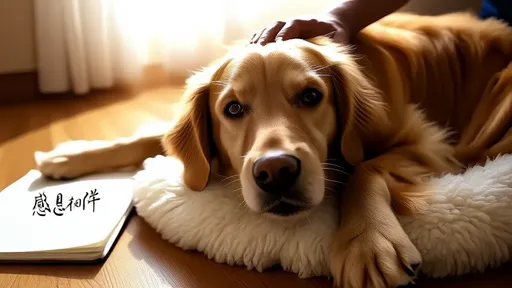
By /Jul 31, 2025

By /Jul 31, 2025
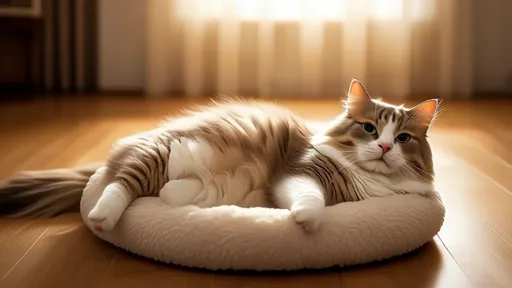
By /Jul 31, 2025
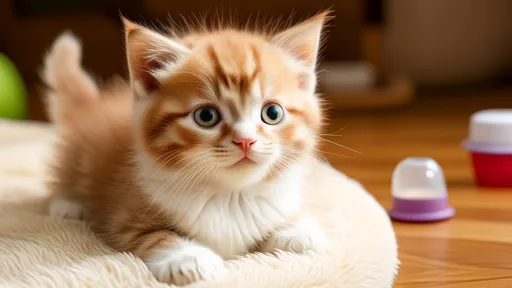
By /Jul 31, 2025
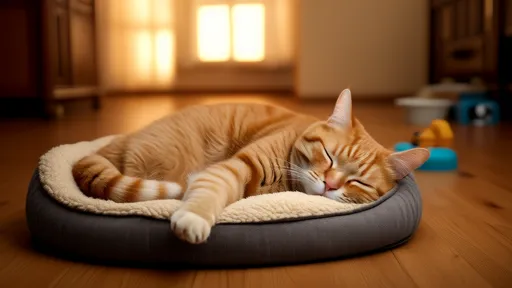
By /Jul 31, 2025
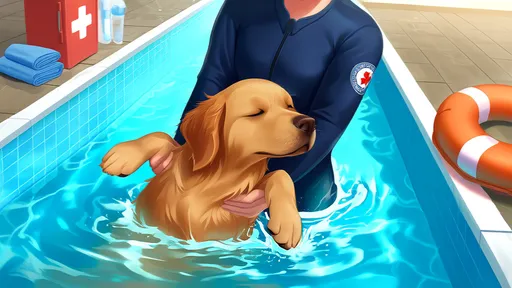
By /Jul 31, 2025
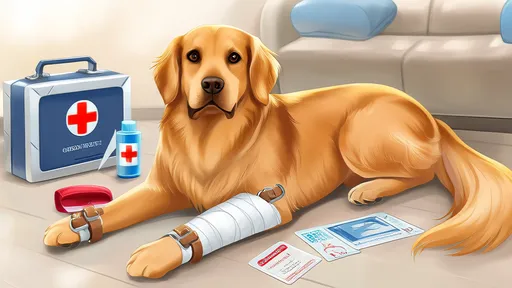
By /Jul 31, 2025

By /Jul 31, 2025
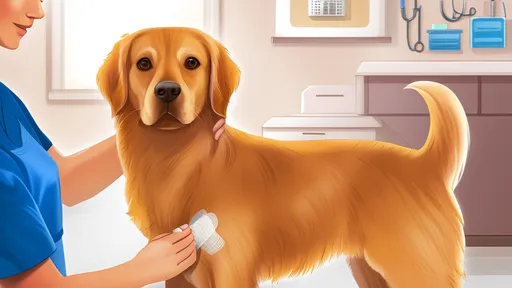
By /Jul 31, 2025
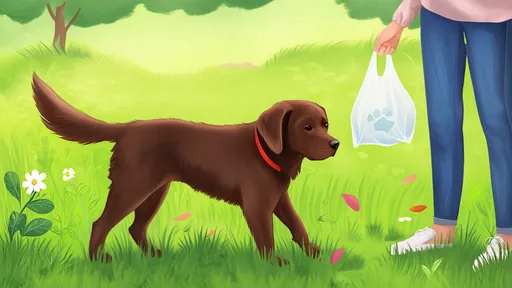
By /Jul 31, 2025
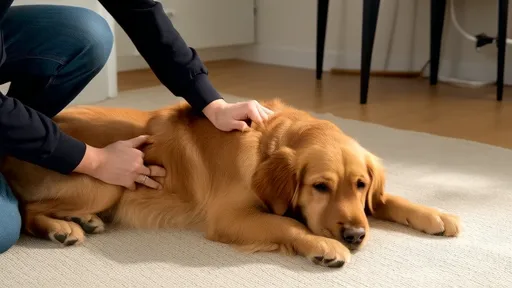
By /Jul 31, 2025
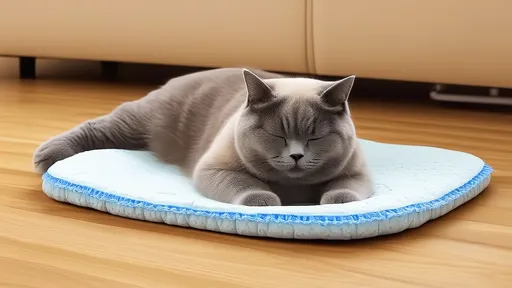
By /Jul 31, 2025

By /Jul 31, 2025
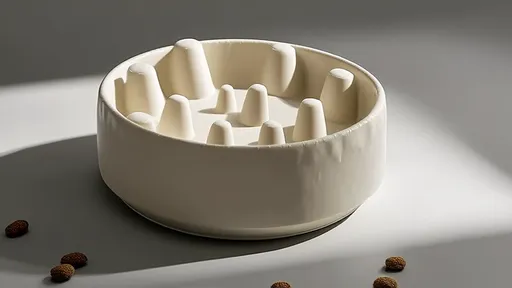
By /Jul 31, 2025

By /Jul 31, 2025
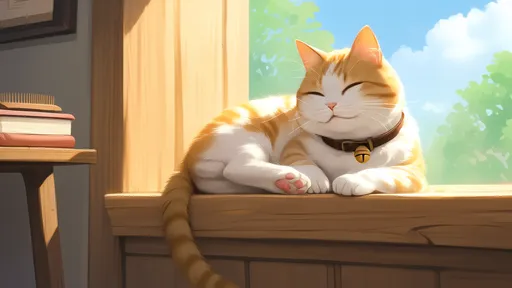
By /Jul 31, 2025
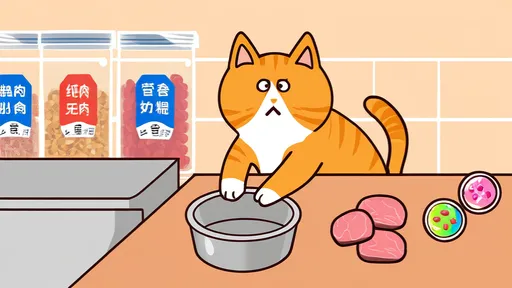
By /Jul 31, 2025
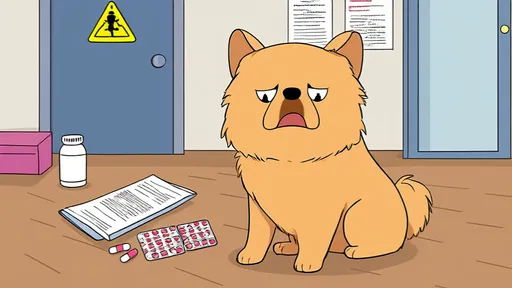
By /Jul 31, 2025
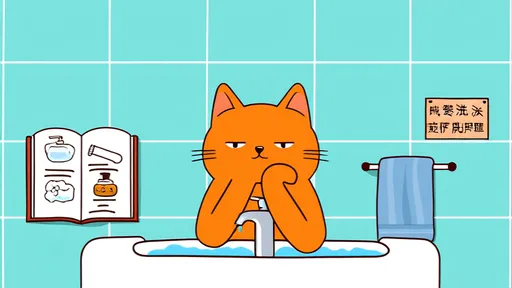
By /Jul 31, 2025
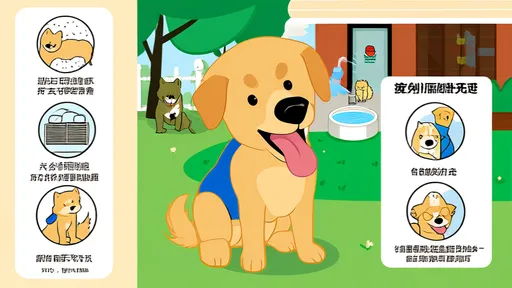
By /Jul 31, 2025